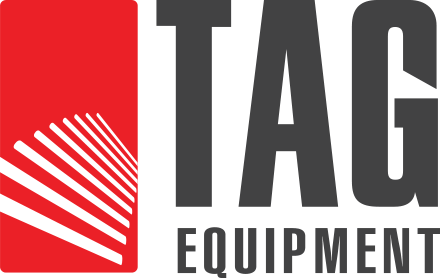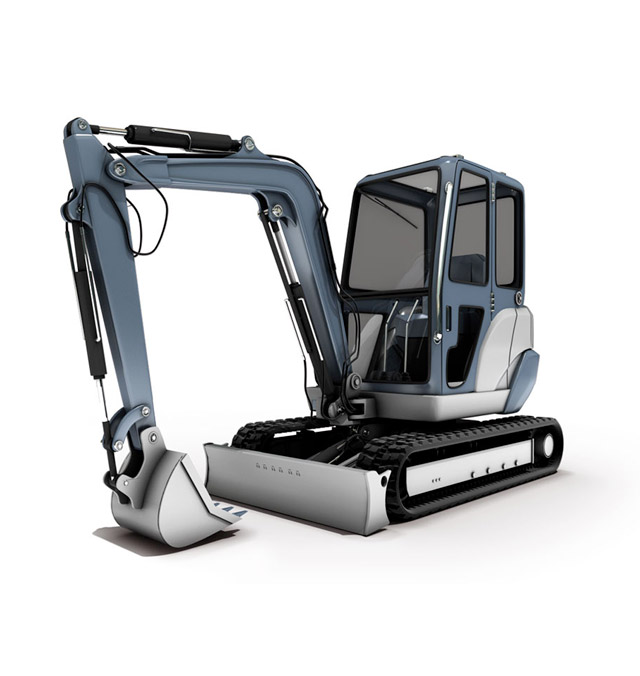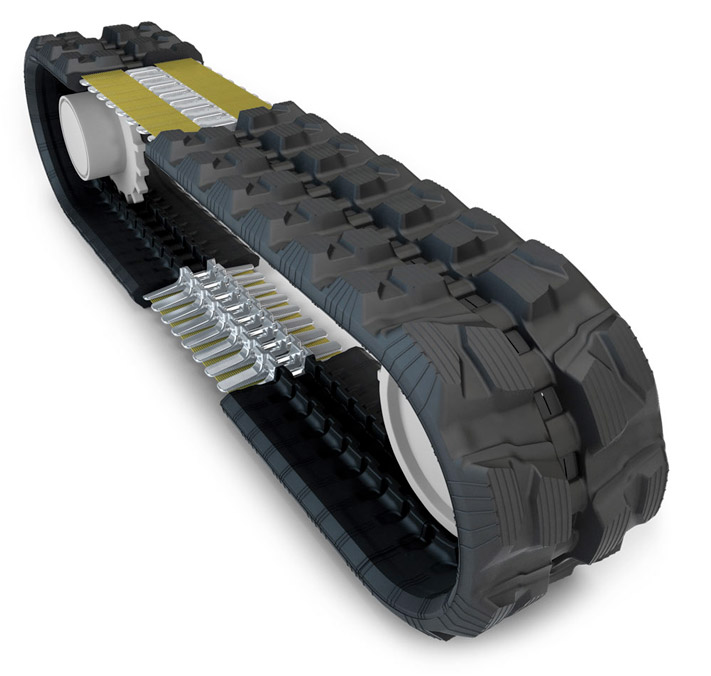8 Signs that Indicate It’s Time to Replace Your Rubber Tracks
Whether you’re working on difficult terrain or in harsh weather conditions, the tracks on your equipment must be in good condition. However, with continuous use at construction sites, they tend to depreciate. You must keep an eye out for the signs that indicate you require new excavator rubber tracks.
8 Signs You Need Replacement Rubber Tracks for Excavators
The following tips can indicate if your tracks are about to fail:
- Problems with Sprockets
Similar to gears, sprockets mesh with the tracks when you use the equipment. If the sprocket is worn or if the track is loose, you will find them interlocking sloppily and skipping over the lugs. They can also get derailed which is why you should ensure that your sprockets are in proper condition. - Cracks on the Tracks
As with most machines and their accessories, the exterior of your track is susceptible to cracks due to usage. It can happen if you regularly work on rough, rocky terrains, or if you operate the machine aggressively. If you find cracks appearing on the rubber tracks of your excavator, they need to be replaced. Also, ensure that your machine is parked away from direct sunlight to prevent damage. - Tracks Keep Losing Tension
The tracks tend to stretch over a period similar to your shoe breaking in. You should check the tension regularly, say, every five days if you put them to use frequently. Lift them off the ground to examine the sag between the bottom and the top of the lug. If you face problems due to this, do not try to rectify it by tightening the tracks beyond the instructions of the manufacturer. Instead, try and find the right replacement. - Lugs are Missing
Lugs can come out if sprockets continuously slip against them or if they are damaged due to debris caught up under the carriage. Watch out for missing or damaged lugs and be sure to replace them as well as the rubber tracks if needed. - Dry-rotted Tracks
Due to exposure to elements such as heat and light, as well as various factors on a job site, you can find stress marks and rotting rubber in the tracks of your machine. This is an indication they need to be replaced. - Worn Tread
Your tracks have little or no friction when the rubber track is almost flat, and the tread depth is worn. This may compromise the equipment’s safety and increase the chances of malfunction and damage to the undercarriage because of slippage. - Steel Cording is Visible
Your rubber tracks are close to snapping if you can see their steel cording. Exposing the cording means the steel is susceptible to moisture, which may cause rust and raise the possibility of track failure. Be sure to look into replacement rubber track options to avoid unnecessary downtime. - Deteriorating Guide Rail
Check if the guide rail is deteriorating on your rubber tracks. This may strain the undercarriage and cause it to derail, leading to equipment breakdown.
Your Tracks May Fail If
- You don’t check the track tension regularly. This increases the risk of track tears over time, resulting in slippage.
- Your rubber tracks are full of dirt, rocks, and debris, making them more prone to premature wear.
- Your tracks are clean, but dirt and debris are trapped in your undercarriage. This may damage the inside of your tracks and force you to look for replacement rubber tracks sooner than necessary.
Can You Repair a Rubber Track?
Although you may choose to repair a rubber track, even temporary repairs may cause mishaps, leading to loss of workforce and irreparable damages. It is best to avoid fixing broken, torn, or gouged ones because of the following reasons:
- Waste of Money and Time
Once a track has a slight crack, no amount of repairing can help salvage it. Even if you try to fix it, the damage may worsen with usage. For instance, if you try to weave a split in your track, it will keep extending as the track moves. - Underlying Problems May Go Unnoticed
When it comes to compact equipment, tracks often get damaged due to an underlying problem in the machine. If you try to fix it instead of conducting a thorough inspection to identify the main issue, it may adversely affect its performance and overall safety. - Negatively Affects Track Tension
Repairing a damaged rubber track, especially by stringing two pieces, may loosen it and have an adverse impact on the track tension. Over time, this may result in reduced efficiency and productivity.
Rubber Track Replacement
Here are a few critical things to consider when replacing rubber tracks on a compact track loader:
- Although you can change the rubber tracks on compact equipment by yourself if you know the equipment, it is best to have help.
- Purchasing sub-standard tracks may initially seem cheaper, but it will increase the expenses in the long run because of frequent breakdowns and changes.
- Buy replacement rubber tracks from a reputable distributor to ensure authenticity and quality.
- Remember to change them on both sides of the equipment to maintain the balance. This way, one is less likely to wear out faster.
How Often Should You Replace Rubber Tracks?
It is best to replace the rubber tracks on your compact track loader as soon as you notice any sign of damage or wear and tear. Ignoring the indications may worsen the situation, resulting in inefficiency and expensive mishaps.
Keeping Your Rubber Track in Excellent Condition
Here are some valuable tips to help you maintain your tracks in top shape:
- Purchasing High-Quality Tracks – will ensure they last longer and do not wear prematurely. In addition, high-grade ones offer high performance and are worth the investment.
- Careful Operation – helps prevent damages due to improper usage. The operator should be knowledgeable, responsible, and proactive.
- Following a Strict Maintenance Schedule – will help increase the lifespan of the tracks by allowing you to identify any problems immediately.
- Operating within the Track Tension – can help enhance the machine’s performance. It is best to adhere to the manufacturer’s tension range.
- Ensuring the Rubber Tracks are Clean – is a great way to reduce damage due to the accumulation of dirt, stones, particles, and debris.
- Parking Away from Direct Sunlight – is crucial to prevent the rubber tracks from degrading rapidly.
- Limiting the Speed – is essential to protect the tracks from quick wear and tear.
Don’t wait until the rubber tracks of your machine snap. To avoid expensive downtime and get your work done without any delays, check for these signs and take measures to replace your tracks whenever required.
Kubota Mini Excavators and Equipment
At Tag Equipment, we carry rubber tracks for a wide variety of Kubota mini excavator models, including the U17, U35, U45, and U55. We also have tracks for the KX057-4, KX41-3V, KX91-3, K008-3, KX71-3, KX161-3, KX080-3, and KX121-3 models as well.
High-Quality Replacement Rubber Tracks for Mini Excavators
Tag Equipment is one of the leading mini excavator rubber tracks suppliers, distributing other equipment accessories and attachments as well. We have an extensive range of products for all makes and models. If you are looking for new tracks or a replacement, give us a call at 416-716-5850 for more information.
Also Read:


